Culture and history owes a lot of things to arts. Without the great master pieces from erudite men and women of the past – that combined both their imagination and a seed of truth interwoven in every poetic lines, vivid prose and brush strokes – modern society might fail to to have an interest in understanding how their ancestors made sense of their world and how those beliefs and values are carried forward today.
But art is not limited to paint brushes and pens. Known for their innate resourcefulness, our forefathers used their own bodies as a “living canvass” to express themselves by means of the painful, yet intricate, art of tattooing. Though it is highly criticized by many conservative minds as a way of disrespecting and defiling one’s own body, perhaps there is something more to this form of art, beyond the fact that it requires blood and endurance before someone might fully appreciate the beauty that lies under the works of needle and ink.
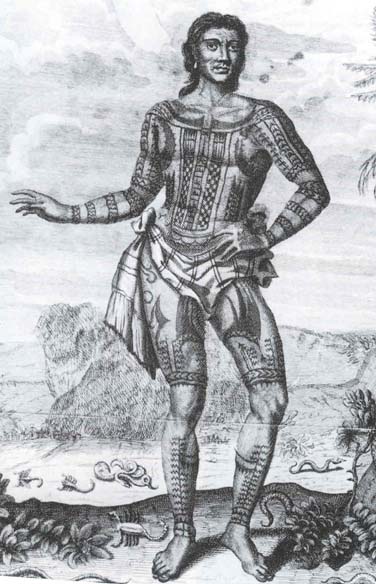
Painted Men of the Philippines
When tattoos came to mind, before the modern tattooing trend, we would often picture criminals, bikers and rebels . The first Spaniards to arrive in the Philippines, however, saw them quite differently when they were ultimately defeated by fierce, noble warriors from the Visayas, covered in complex tattoo designs all over their body. That day, these painted people or “Pintados” – as called by conquistadors – cemented their mark in the diverse history of Philippines.
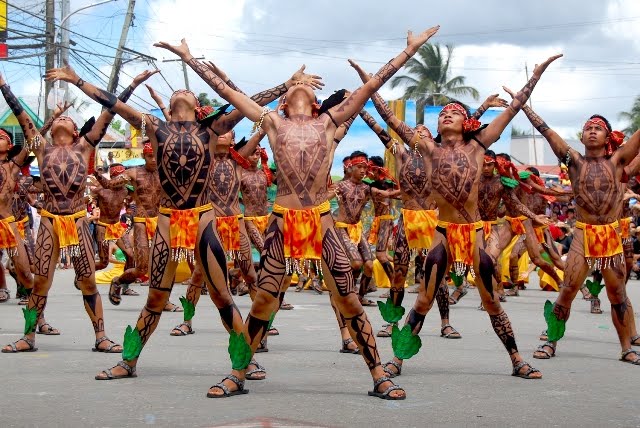
The tattoos that these warriors possessed were not just meant for decorative purposes. As stated by William Henry Scott in his book “Barangay: Sixteenth Century Philippine Culture”, the tattoos of the Pintados projects an aura of intimidation and fear towards their enemies, which was a part of their psychological strategy during tribal war and raids. It should be noted that this is not some kind of elaborated bluff that they utilized, for acquiring their own tattoo required a tormenting process that only the toughest could endure.
Using a thorn from local Calamansi trees as the primary tool, the ancient art of Filipino tattooing can be done into two ways. One is by dipping the thorn, attached in a wooden stick, in a charcoal paste and then tapping repeatedly in one’s skin. The second is by cutting or prickling the skin wherein charcoal powder will be rubbed in the wounds it created.
Scott added that the position of the tattoo on one’s body indicates certain meanings about the Pintados. According to him, chest tattoos are given to those who have been in a series of battles. As their war experiences grew in number, their tattoos would also cover their backs. Facial tattoos are special markings that are reserved only for those who are proven to be the bravest warriors of their tribe.
The Tattooed Headhunters
In the northern part of the Philippines, hardened mountain men from the tribes of Kalinga, Bontoc and Ifugao also practice tattoo rituals or “pagbabatuk”. Like the Pintados, tattoos are often seen on the bravest warriors and head hunters. Their women also have the right to possess tattoos on their body, wherein it is believed to increases their beauty as well as their fertility.

Having a tattoo for these highland people marks the beginning of a man’s journey from a legitimate head hunter to a fearsome warrior. In the study made by Analyn Ikin V. Salvador-Amores from UP Baguio, men can officially be named as a head hunter the moment he managed to make his first kill. Doing this will make him acquire a tattoo called “gulot” which is described as a banded stripe pattern. When he gets his second kill, he can now have another tattoo that will be placed in his hands. The more kills he will get in his lifetime, the more intricate designs of tattoo will be placed on him. This continues until such time that he acquires a tattoo on his cheeks which signifies him as a warrior of the highest level, gaining the title of “mai’ngor”.
Currently, the only living tattoo artist or “magbabatuk” in the Cordillera region who still practices the traditional tattoo ritual is Apo Whang-Od. She is currently training her niece in order to preserve this culturally significant art.
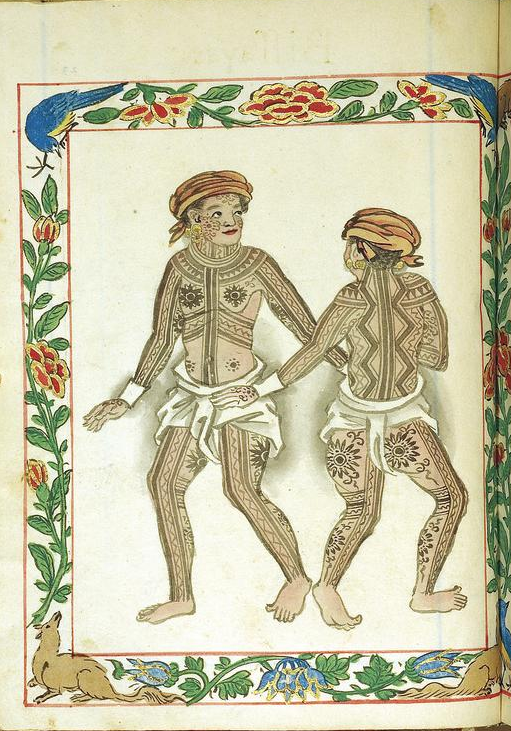
Meanings Behind The Ink
Different cultures have a varying perspective on the significance of tattoos. Ancient Egyptians considered tattoos as protective markings from diseases – especially for women when they are pregnant. In Thailand, Yantra Tattoos are sacred markings on the body which act as a charm for those who bear it. On the other hand, Greek culture used tattoos to mark their slaves wherein they are treated as “possessions”. In the Philippines, tattoos during the pre-colonial age was a wide-spread tradition that not just culminated one’s life as a warrior but it also had several connections with our animistic roots.
The names of tattoo designs used by our ancestors were recorded by Scott and most of these designs reflected the beautiful imagery of nature. The “Labid”, was an inch-wide vertical design that resemble a snake or crocodiles’s scale pattern zigzagging from one’s legs to their waist. “Bangut” was an exclusive tattoo design for the face of warriors, resembling the gaping jaw of crocodile or sometimes the face of an eagle. In a similar way, there are tattoos which were only done or applied on certain body parts such as “Ablay” for shoulder, “Dubdub” for chest and “Daya-Daya” for the arms.
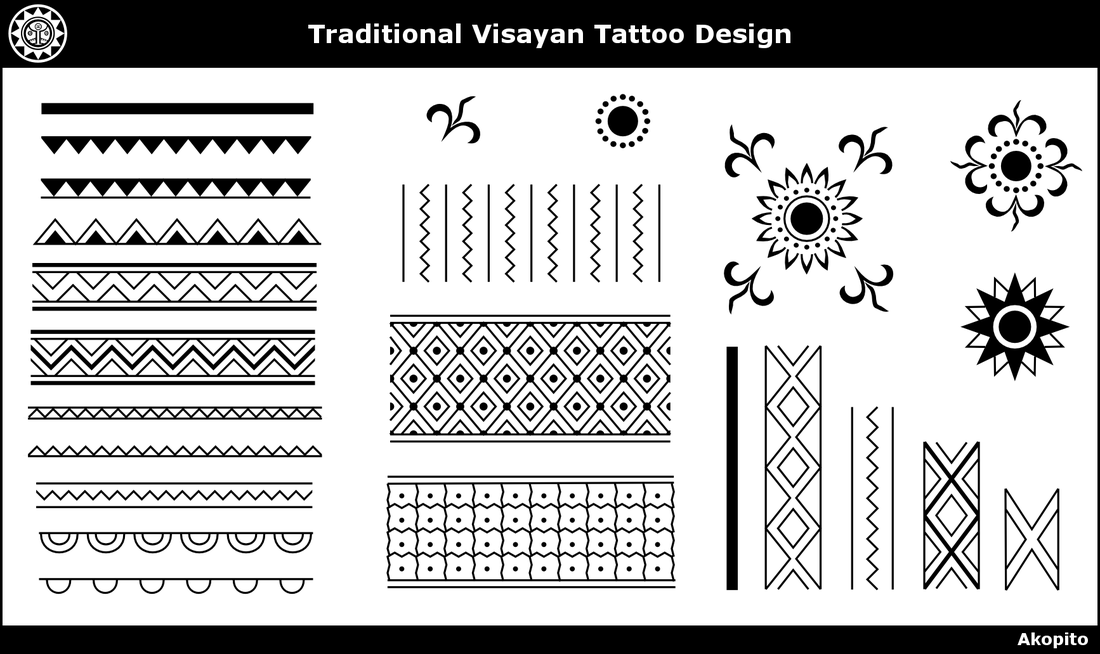
In a study made by Lorenz Lasco of UP Diliman entitled “Ang Kosmolohiya At Simbolismo Ng Mga Sandatang Pilipino: Isang Panimulang Pag-aaral” (An Introductory Study on The Cosmology and Symbolism of Ancient Philippine Weapons) taken from Dalumat Ejournal, he observed that the images of Pintados found in the Boxer Codex (1595), the tattoo designs on their chest, thighs and back bear a striking similarity with the sun, while a snake like pattern runs down their limbs. According to his study, the sun and the snake represent powerful beings that were sacred to our ancestors.
The sun symbolizes the upper layer of the multi-layered universe found in Philippine mythology which is known as the “Kaluwalhatian” (Sky World) where ancient gods dwell. Pigafetta, the chronicler of Ferdinand Magellan witnessed in Cebu (and in Mactan) how the Babaylan revered the sun in their rituals. Juan Salcedo also observed in Agusan that the Babaylan raised their hands in the direction of the sun whenever they asked for a deity’s intervention. Snakes on the other hand were associated with the underworld or “Kasakitan”; a reference to the large serpent familiar of the Manobo goddess Dagau which is coiled below the five pillars that support the world. The facial tattoo Bangut depicting the crocodile jaw is asymbol that links these tattooed warrior to a Tagalog deity called Buwaya which acts as a psychopomp or a being responsible for transporting dead souls to their resting place using a coffin like object on his back.
The artful tattoo designs made by our ancestors are windows into the spirituality of our people during the period when they are still untouched by colonizers.
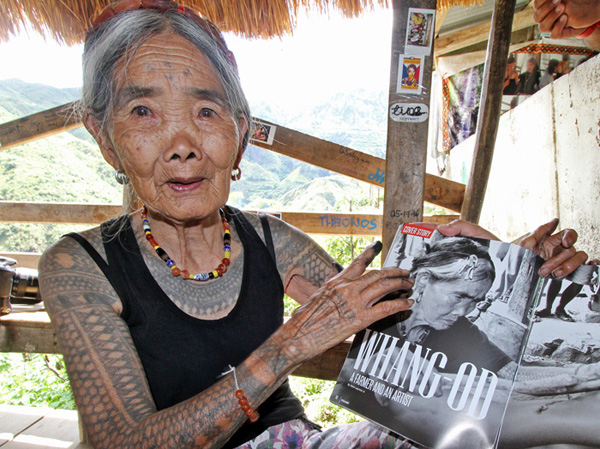
Tattoo Culture: Revival
Besides Apo Whang-Od, some Filipinos in this contemporary time strive to revive ancient tattoo traditions. Some individuals who are part of the Filipino Martial Arts group (FMA) incorporate tattoos in their discipline which encompasses a mystical approach to their martial arts. Oraciones or sacred scripts and esoteric designs are the one’s they usually use for the belief that it gives them protection, similar to the Yantra Tattoo of Thailand.
In Los Angeles, a group of Filipino-Americans formed a group of tattoo enthusiast known as “Tatak ng Apat na Alon” (Mark of the Four Waves) preserve Filipino tribal designs in their tattoo art. Raised in foreign lands, these people find a deep connection to their roots through tattooing.
Whether it symbolizes valor or simply an aesthetic appeal for today’s youth, tattooing, holds such an ingrained cultural value that it has survived 400 years under one of the largest and most oppressive colonial empires in history. Perhaps that is the true meaning of an authentic masterpiece; it lives forever – not just on paper or canvass, but under the skin of a people known the world over as one of the most enduring and steadfast races to ever walk the face of the earth; the Filipinos.
ALSO READ: Ancient Cultural Weaponry: Finding the Visayan Bakunawa Kampilan
Currently collecting books (fiction and non-fiction) involving Philippine mythology and folklore. His favorite lower mythological creature is the Bakunawa because he too is curious what the moon or sun taste like.


